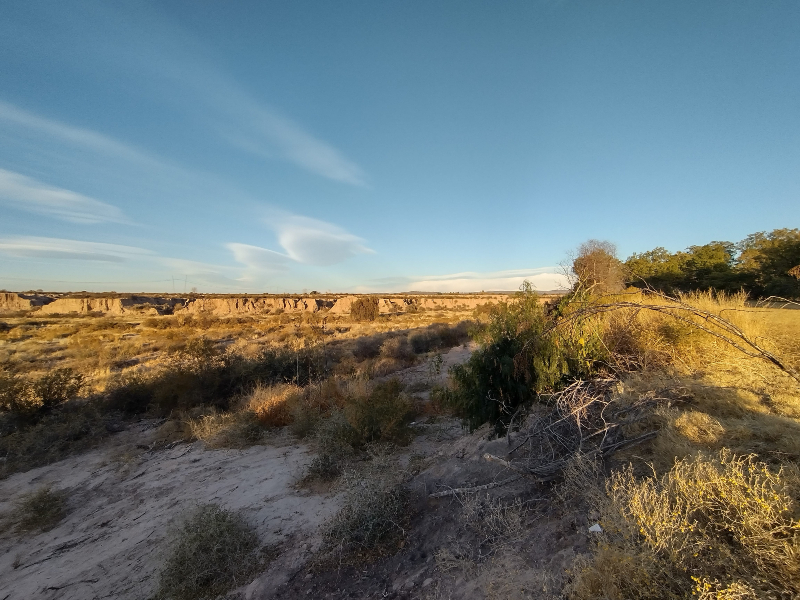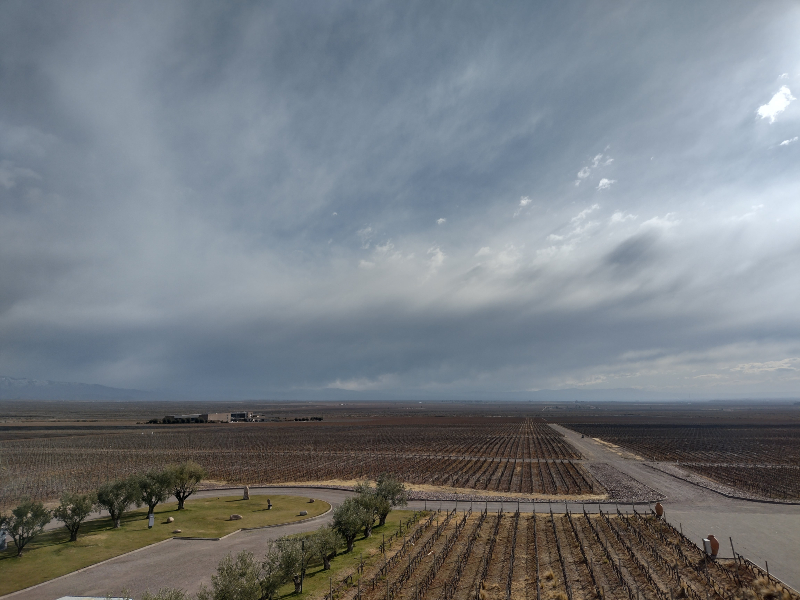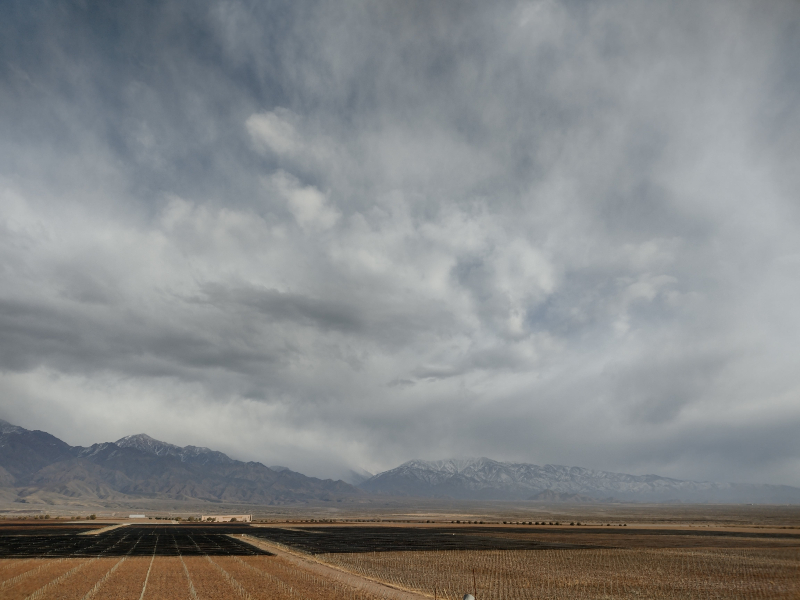It’s a cold August morning in Mendoza. A clear, dry day. The thermometers in the vineyards show that the temperature is a couple of degrees below zero. No threat to plants hibernating peacefully through the winter. However, when the winegrower pruning their vines looks up toward the Andes they see that they’re enveloped in a kind of white mist that blends in with cloud-line, or that has gathered below it into large almond shaped clouds. It’s the Zonda wind roaring through the mountains and the winegrower knows it.
When the Zonda wind blows

It’s the middle of August, mid-winter, so this warm, dry wind coming down from the Andes doesn’t represent a threat. In fact, by three that same afternoon, the winegrower, who was wrapped up against the cold that morning, will be found continuing their pruning in what has suddenly become a pleasant warmth, in just a sweater or even their shirtsleeves. The conditions would be absolutely benign if it weren’t for one unsettling thing: the storm raging in the mountains is a sign of things to come, a warning. If they’re only pruning in August, it’s because they want to delay budding as long as possible.
By the end of September, or into October, the same kinds of storms will be setting off alarm bells. Now, the Zonda wind that gusts up into the Andes from the Pacific to mingle with snow clouds is a clear and present danger to the vineyards. The mornings might start out clear and dry but by midday, that pleasantly warm sensation heralds winegrowers’ deepest fears.
The plants are budding and the unusual warmth only encourages them to grow more vigorously. But now the wind really begins to gust. You can see it from a long way off: a cloud of dust coming down from the north or west. Best to get inside and batten down the hatches.
A fearful tempest

By four in the afternoon, the winds are roaring. Blowing at gusts of up to 60 miles an hour, the Zonda wind has enveloped the vineyard in a cloud of dust hot as dragon’s breath. By early October, when spring has officially begun, temperatures during the Zonda can be as high as 40 degrees centigrade and eye-scorchingly dry.
The low pressure it brings with it can be felt in the temples: most people suffer from headaches and the drowsiness comes in stark contrast to the energy seen outside, where branches are being torn from trees, roofs are being ripped into the air and roads are closed due to a lack of visibility.
For a winegrower, this is a terrible situation. The plants are subjected to climatic stress that drives budding while the humidity dips enough to make frosts a serious danger. With the temperature at 40 degrees that afternoon? Absolutely: the Zonda tends to die down by evening, but right on its heels will come a cold front from the south and the temperature will plunge.
Without the natural buffer of humidity, frosts worsen from nuisance to major calamity. In just a few hours, the temperatures will be at -1, -2 or even colder. The buds are then exposed and, if protective measures aren’t taken, or the vineyard is so high that the cold air doesn’t get there until daybreak, they’ll be frost-bitten.
A legendary wind

The Zonda wind has been widely studied across the world. It goes by that evocative name in Argentina but the phenomenon is well-known in meteorological circles. The first to be described was the Foehn in the Alps, but it has also been recorded elsewhere, always with a different name: the Chinook in the Rockies, the Berg-Wind in South Africa, and the Northwesterly in New Zealand.
It’s a phenomenon commonly found in large mountain ranges. In the case of the Zonda, it generally occurs between May and November. Winds from the Pacific rise up the slopes of the Andes, shedding their humidity as rain or snow depending on the altitude and often continuing over the peaks as a cool, dry current. When it descends to the plains, however, the effect of compression – it drops from 19,500 to 2500 feet above sea level – turns it into a hot, dehydrated mass of air.
It is a constant threat to viticulture and fruticulture in general once the plants have budded. This is especially true of grape vines because in addition to damage caused by frost, varieties such as Malbec can have the setting of their fruit affected if it hits during the blossom period, which occurs in November.
By then, global air currents have begun to shift, reducing the likelihood of a Zonda wind. The vines are theoretically safe from November 15 onward, the grace period when one generally doesn’t have to worry about frosts. After that, winegrowers can look up at the mountains and simply enjoy how they change from day to day, just like their vines, released from the fear that stalks them in early spring. More Zondas might hit but they are usually far weaker and more erratic. Now the grapes will be safe until the summer storms.



